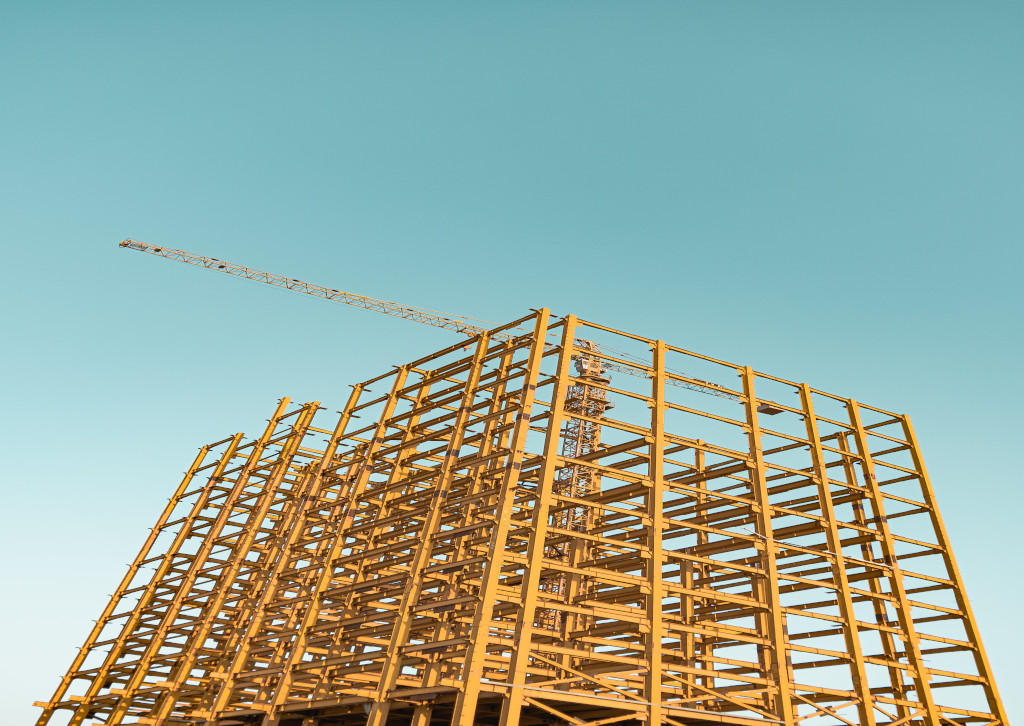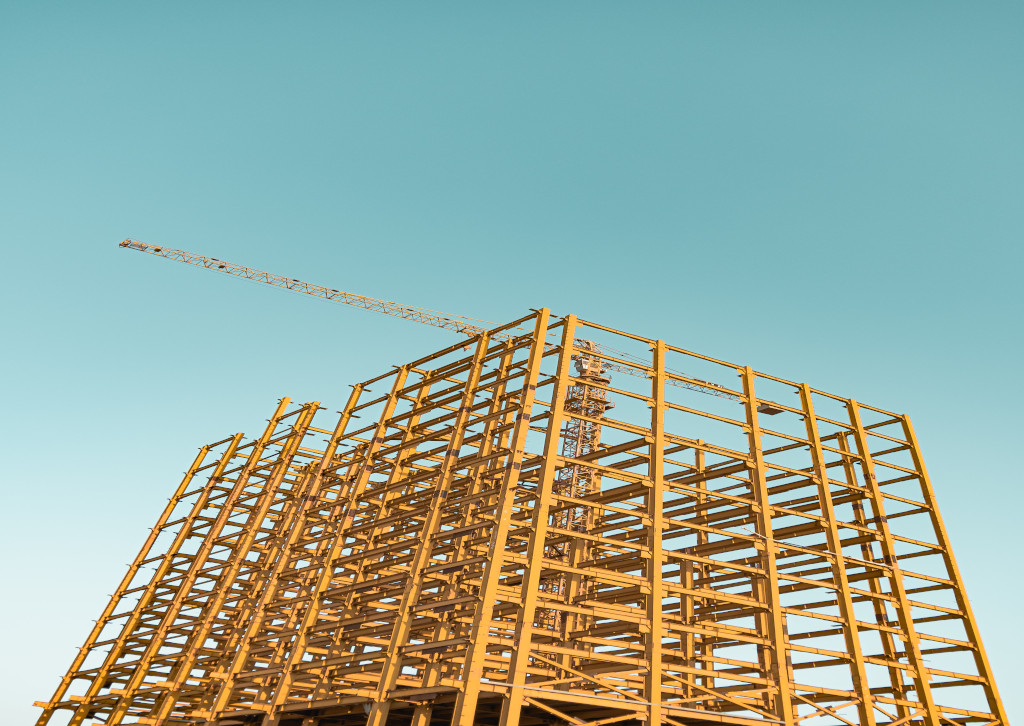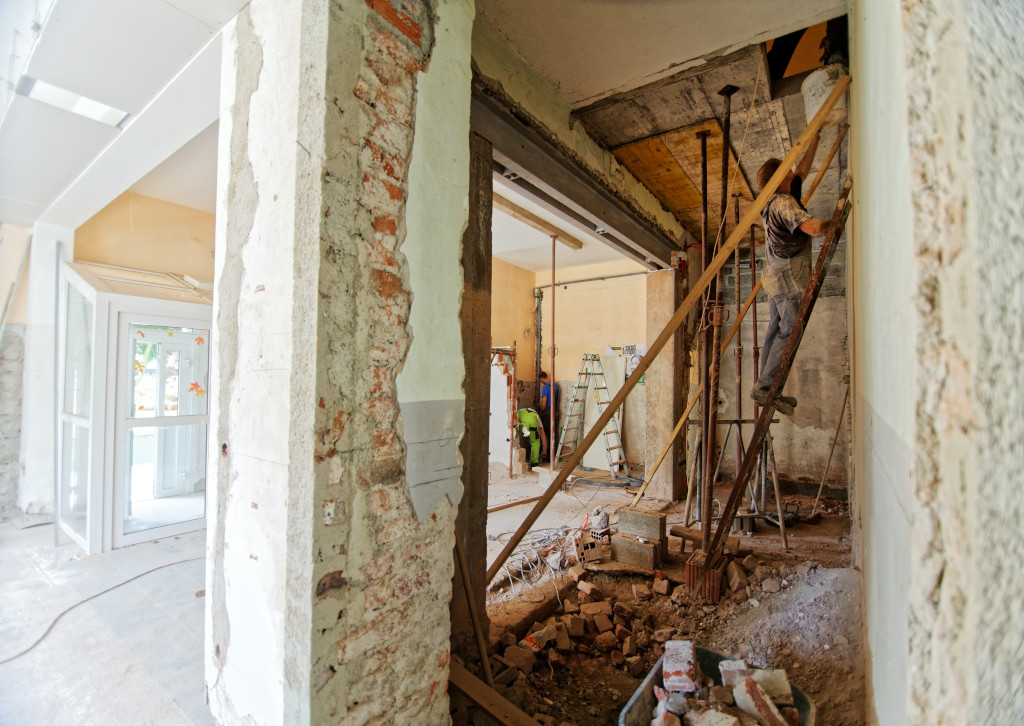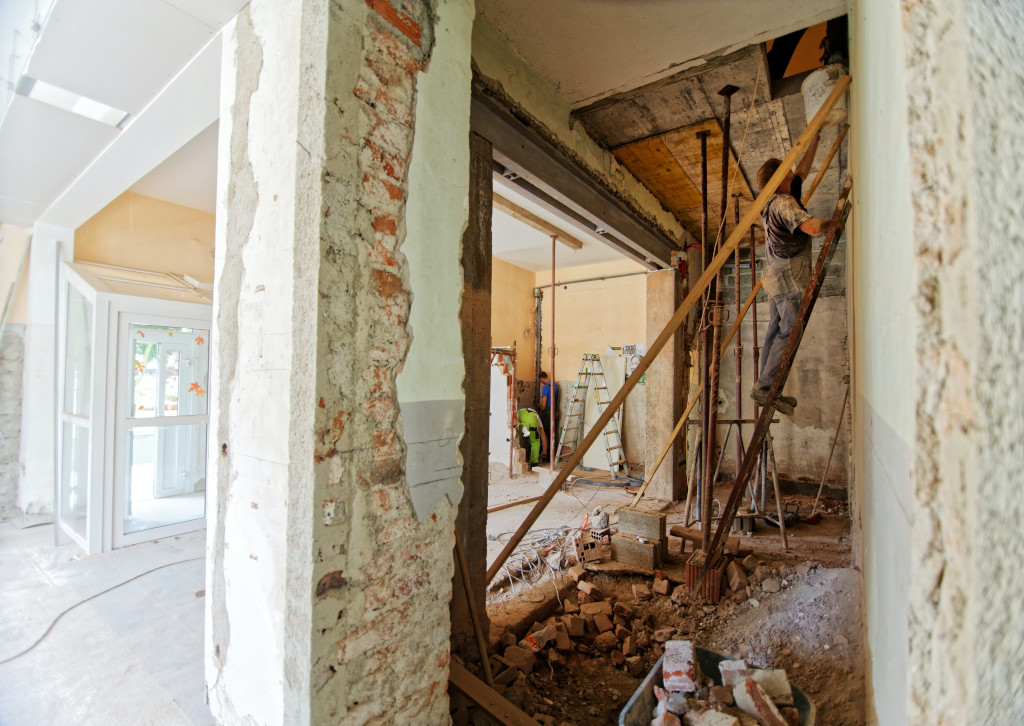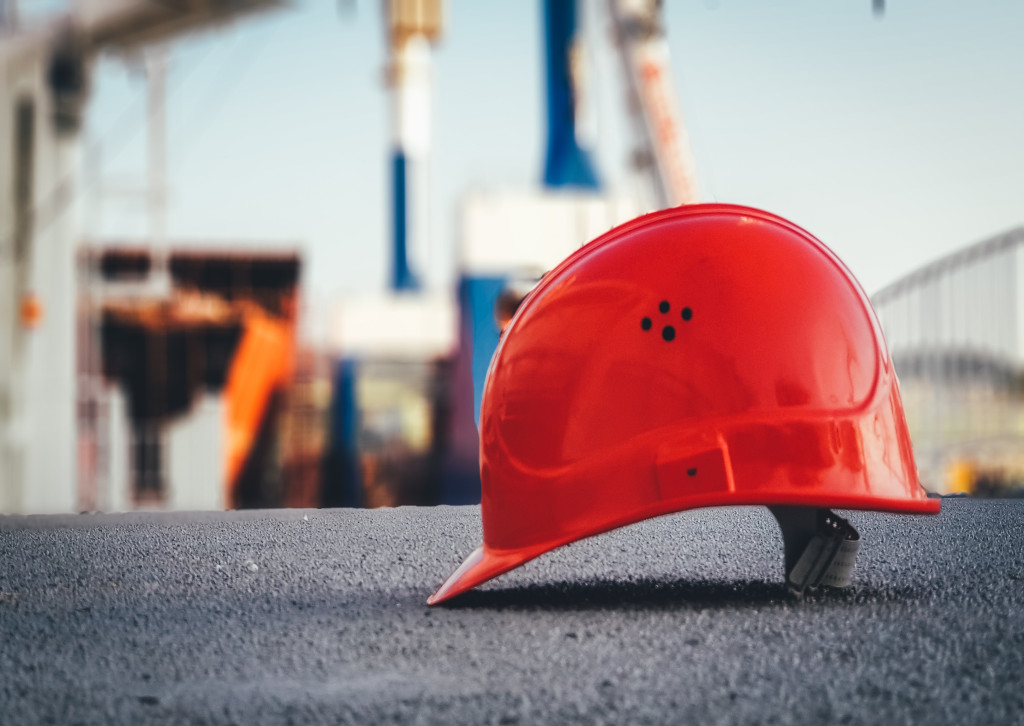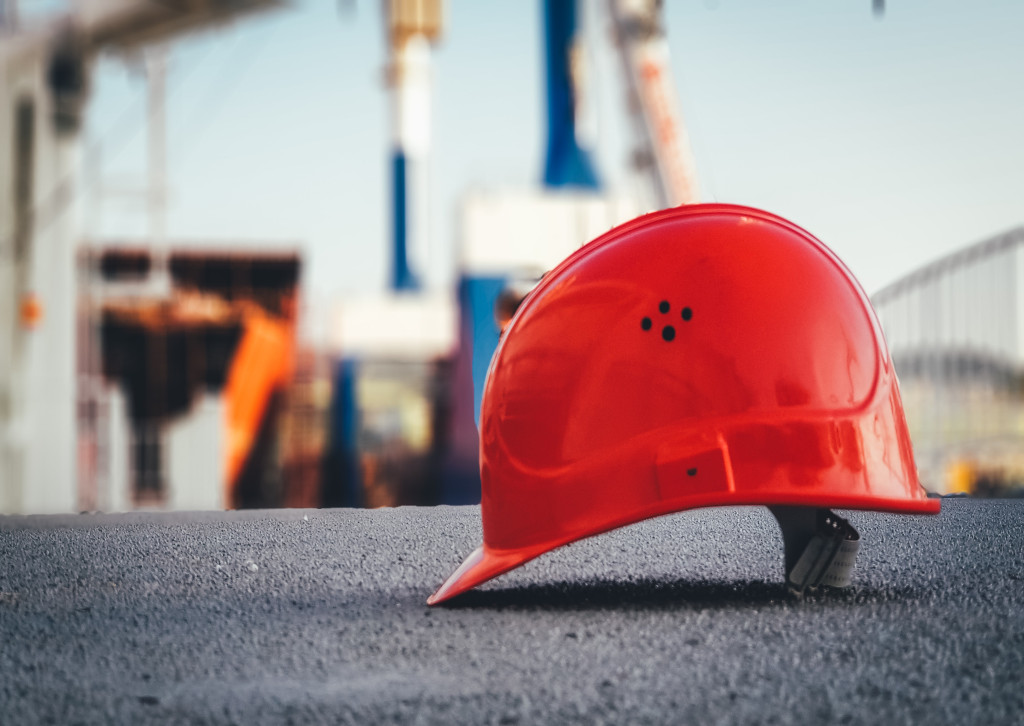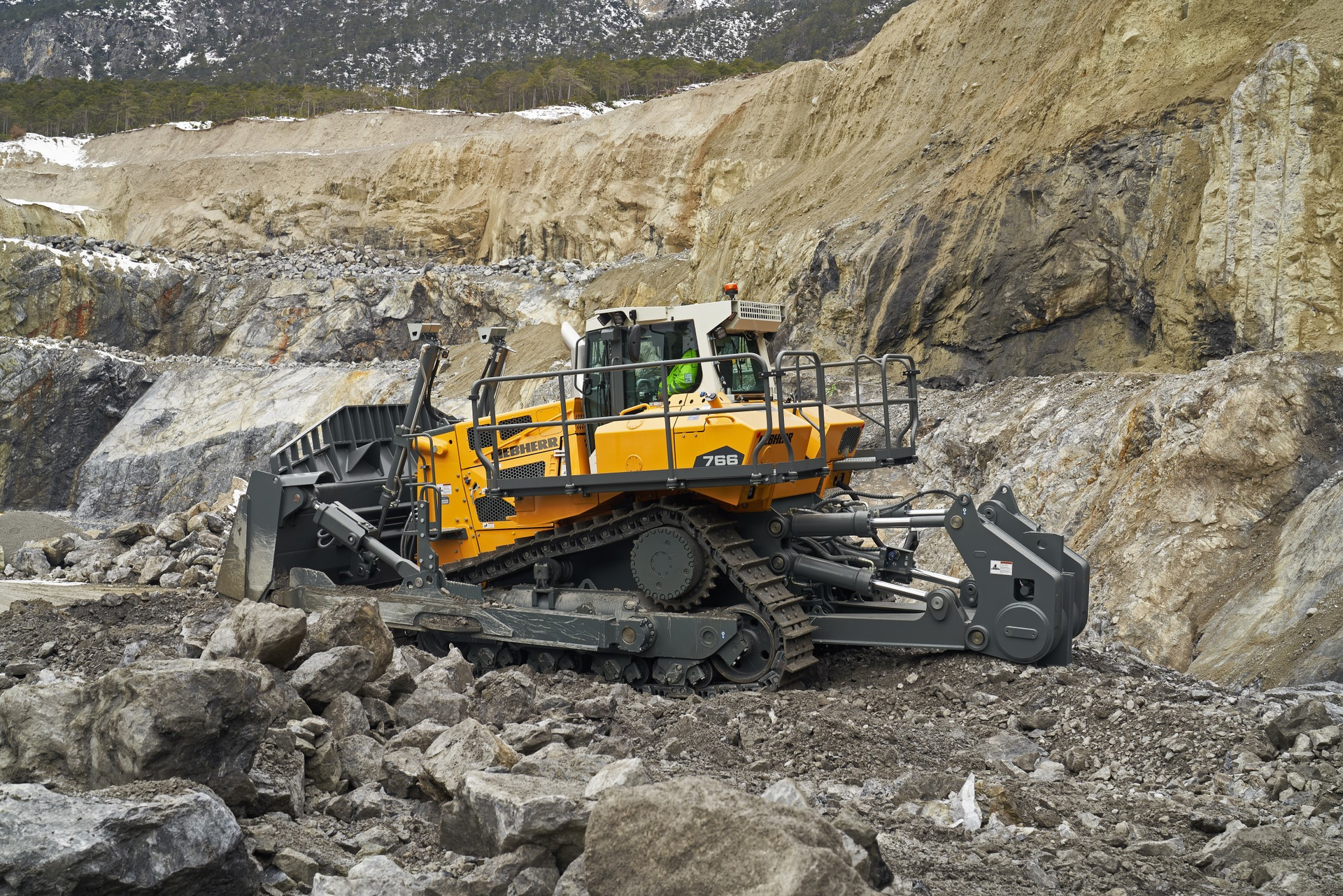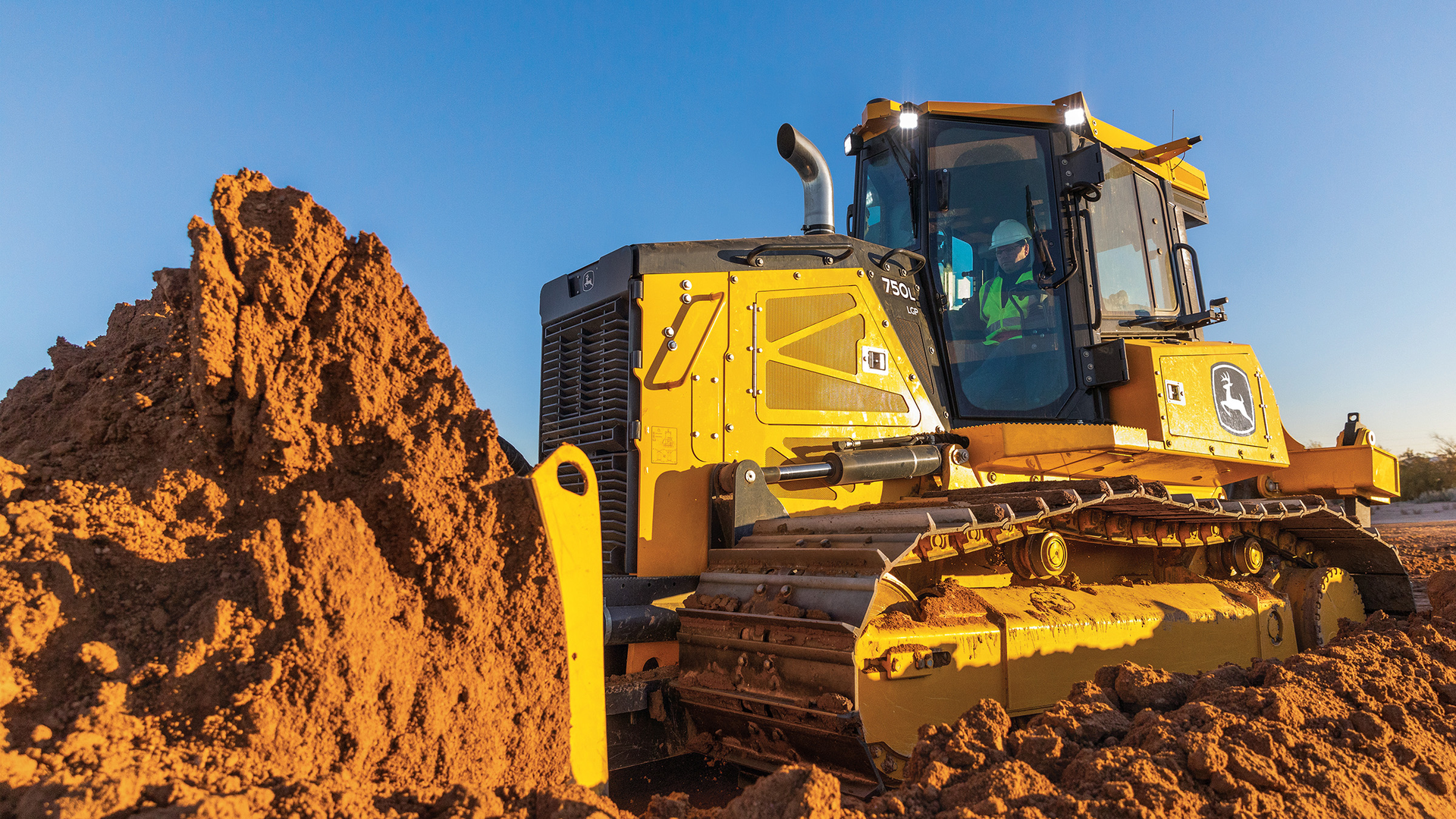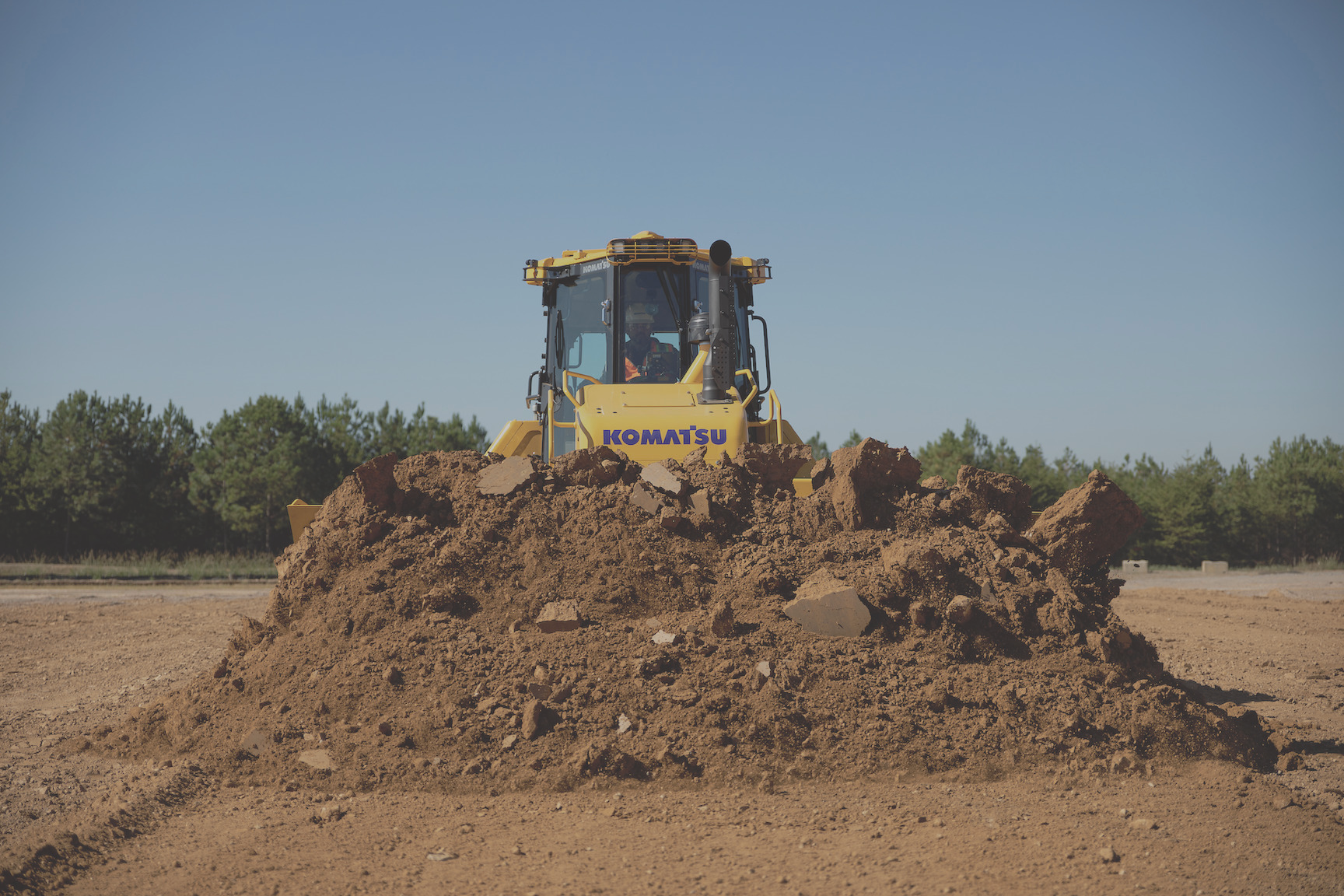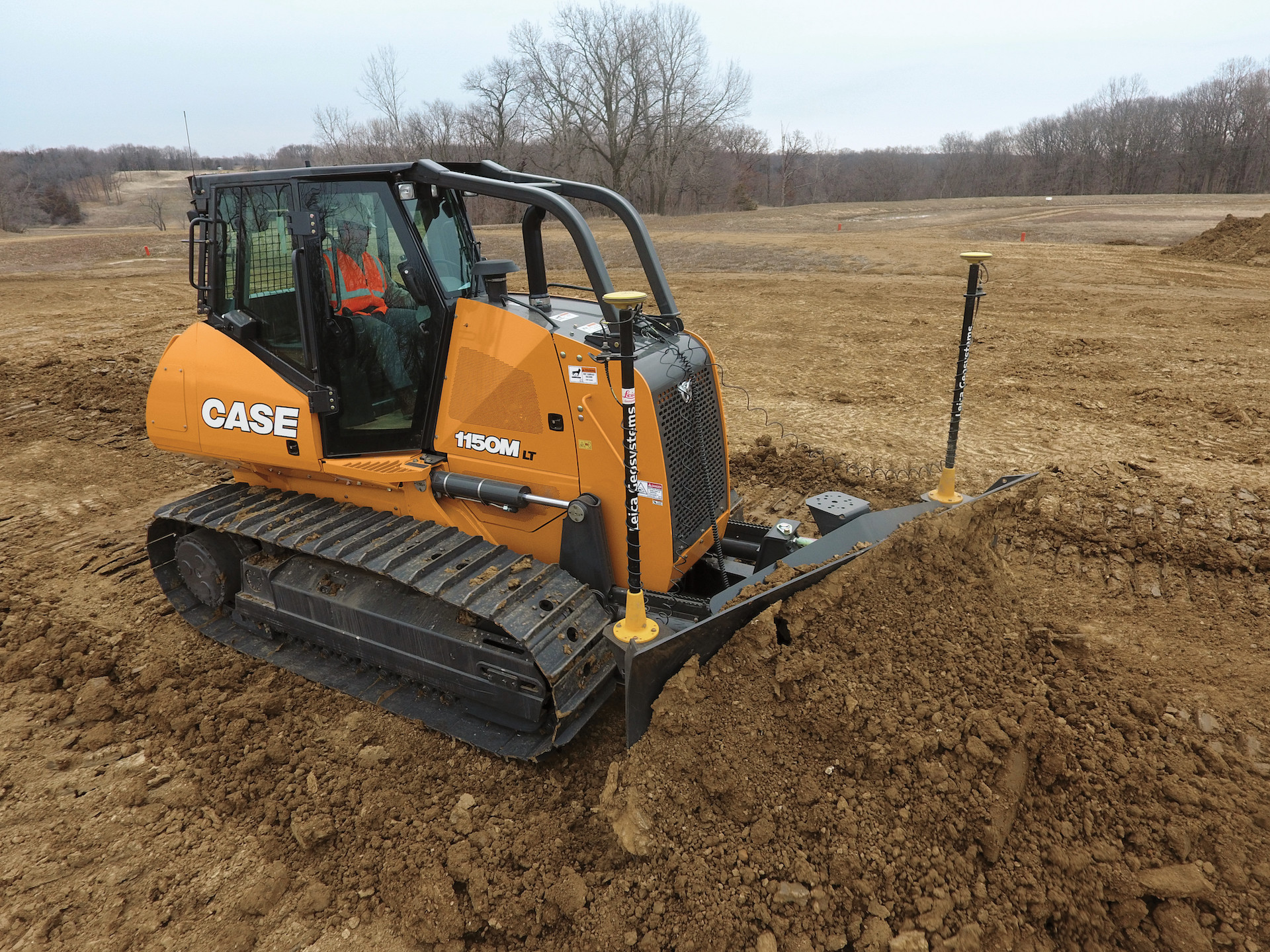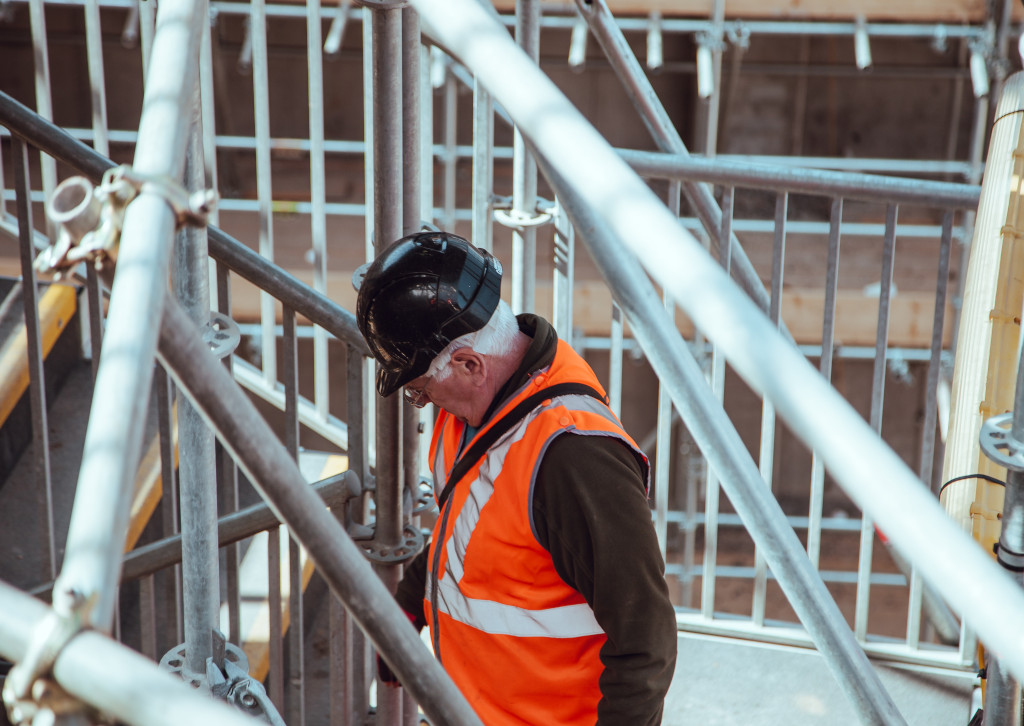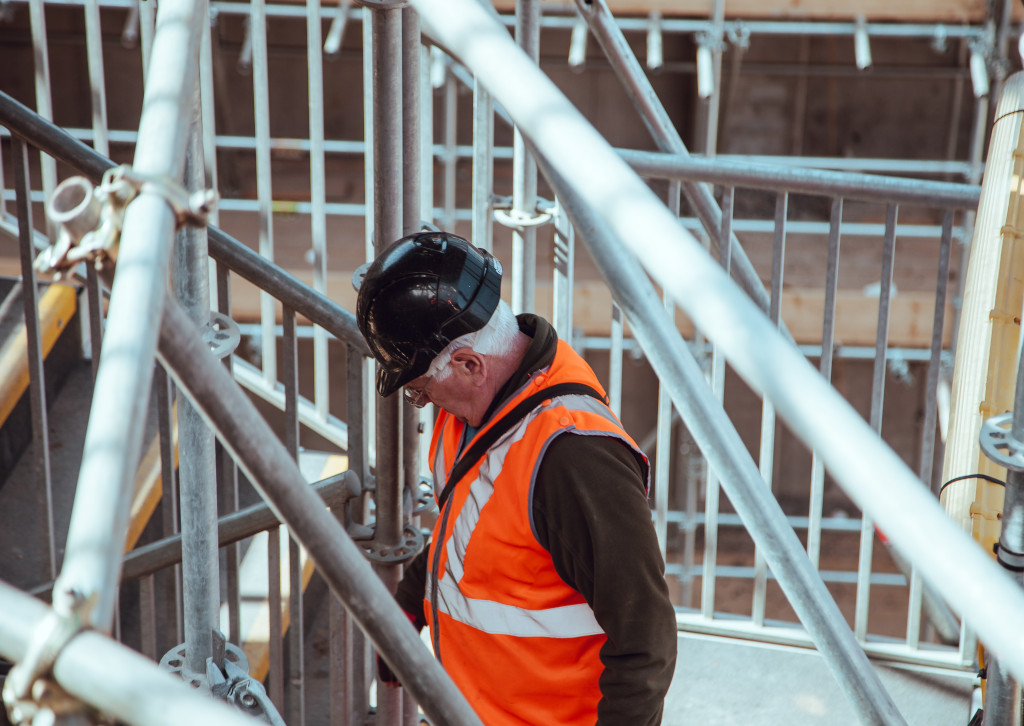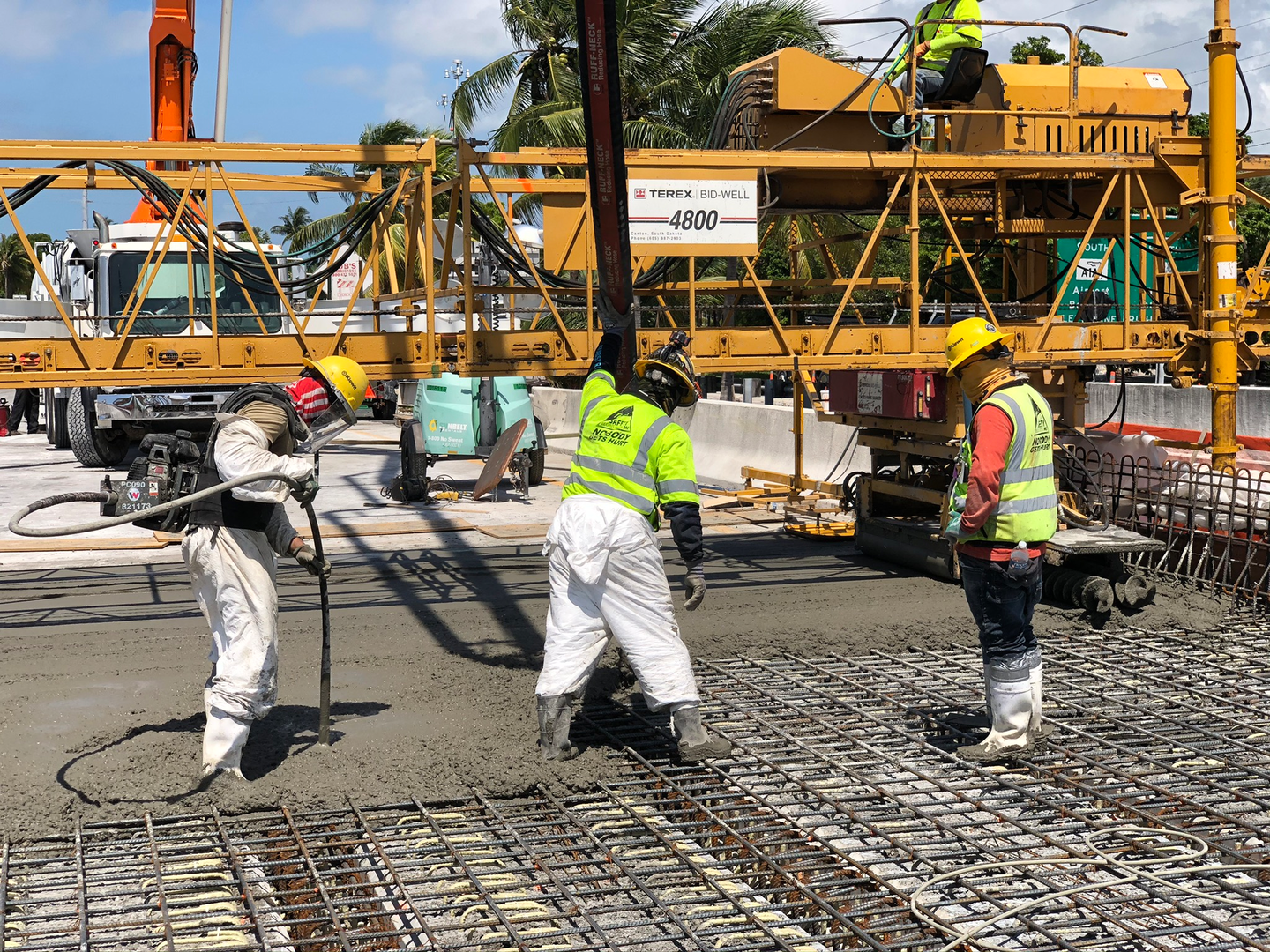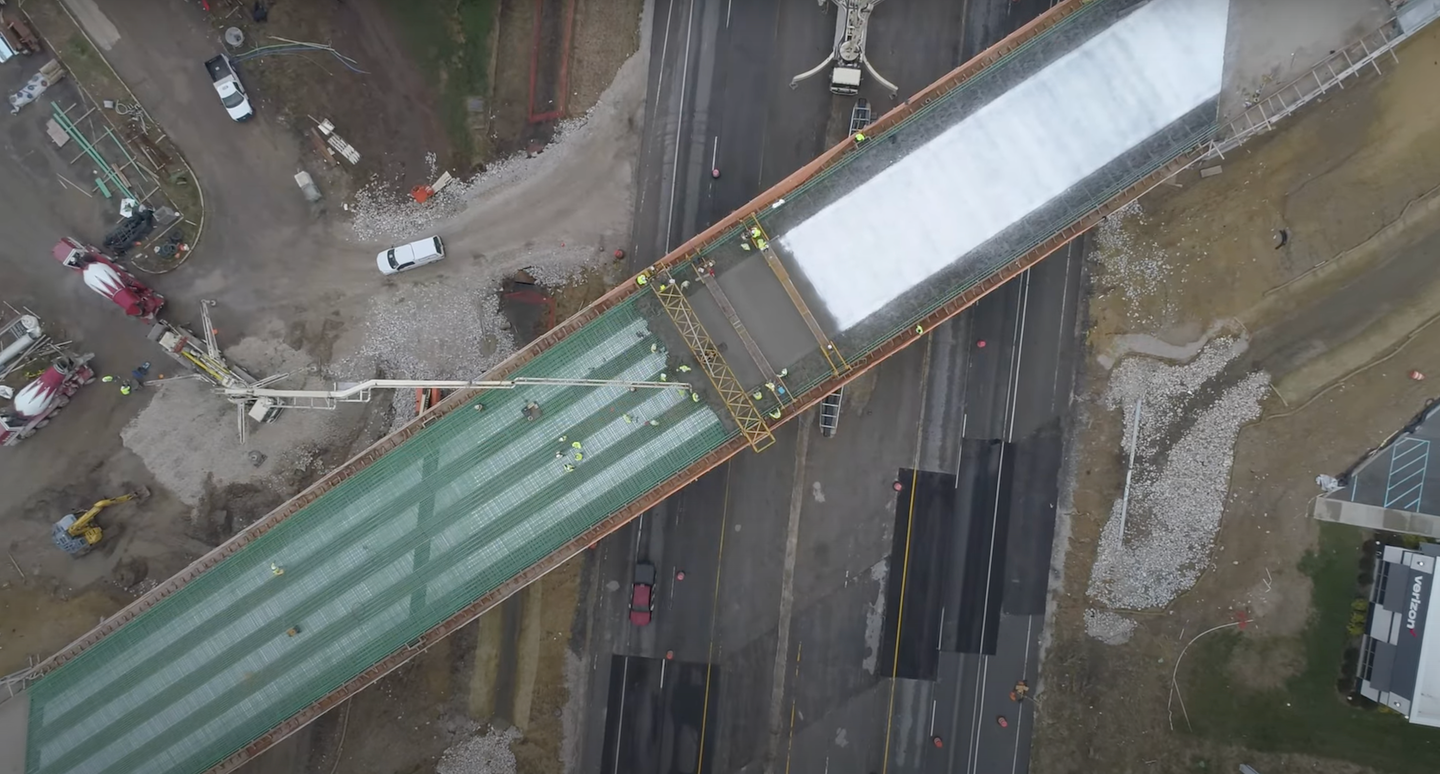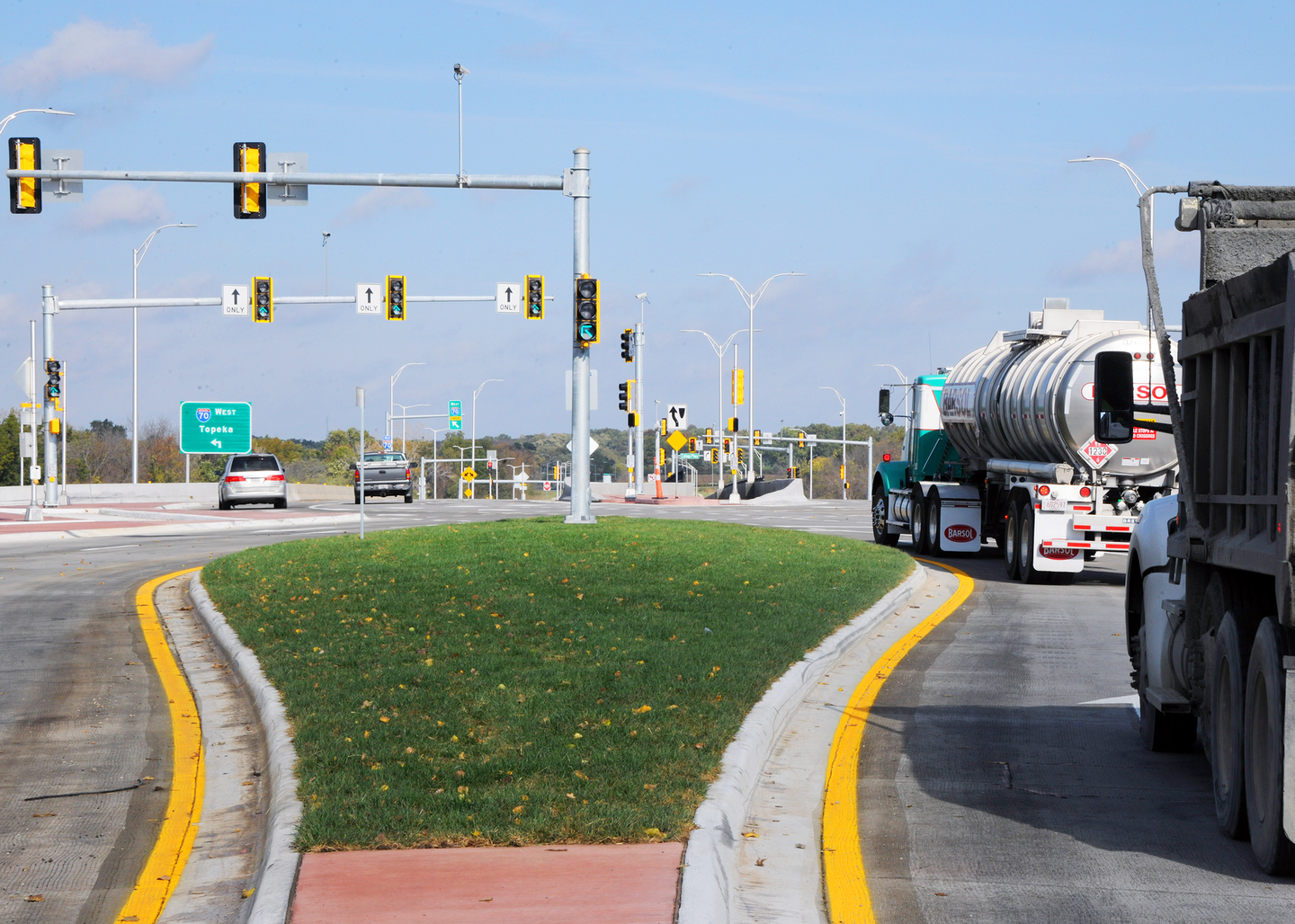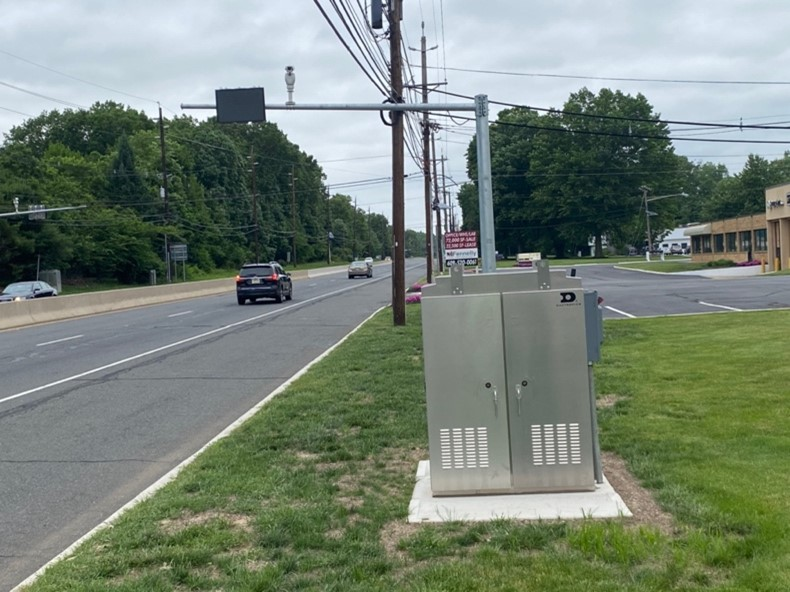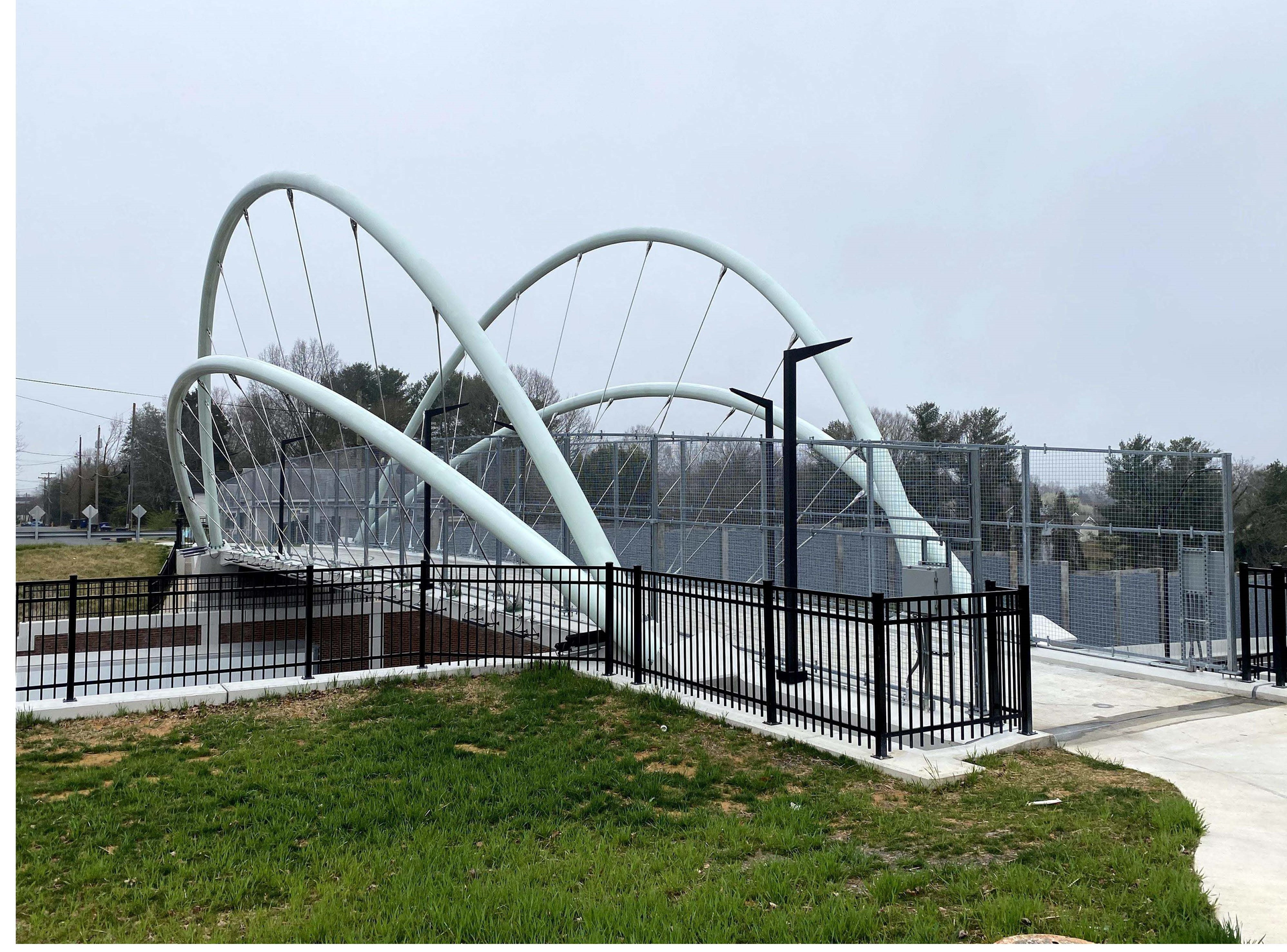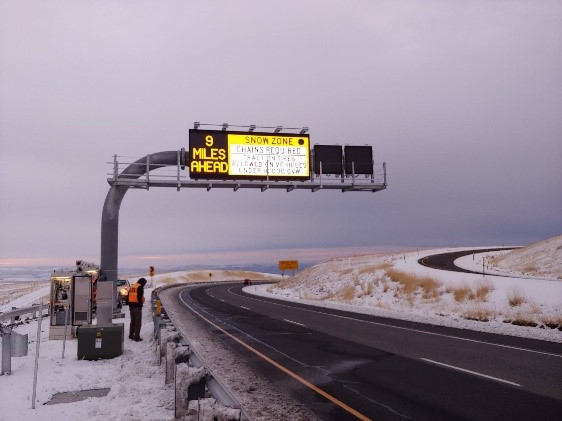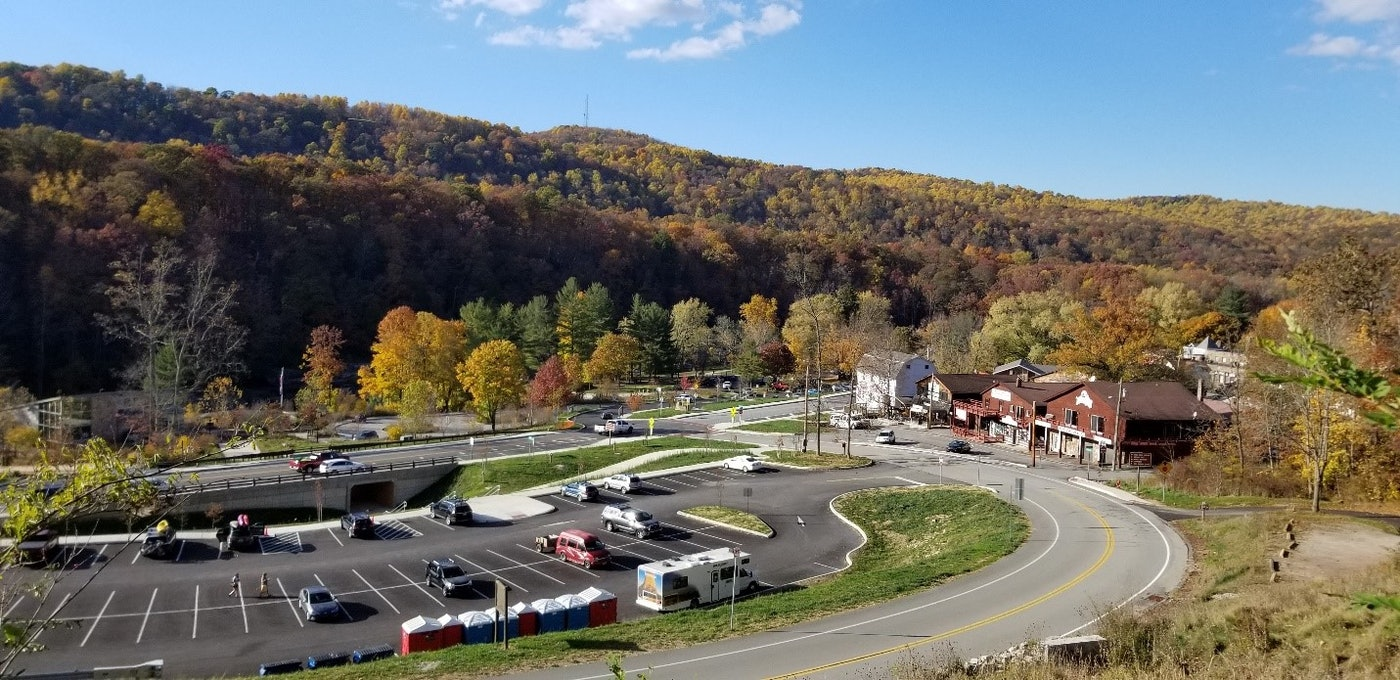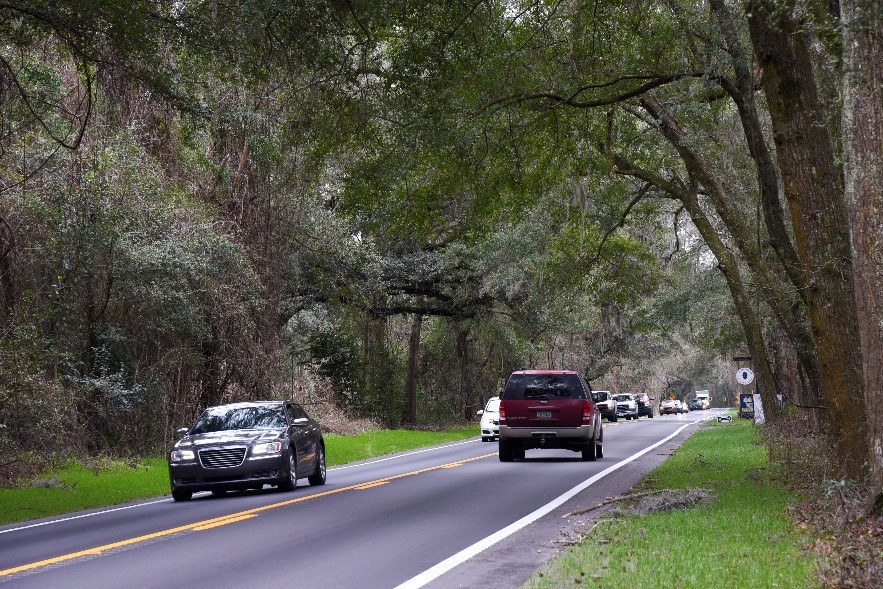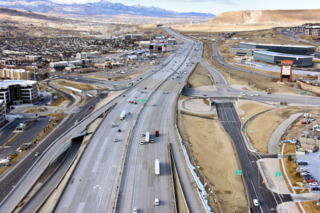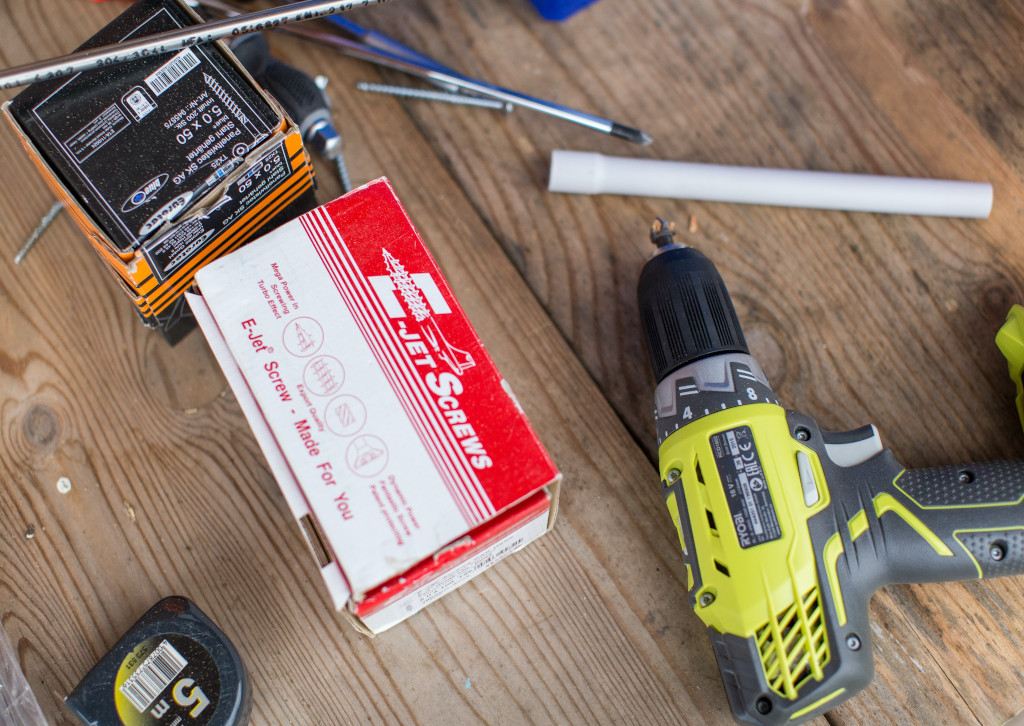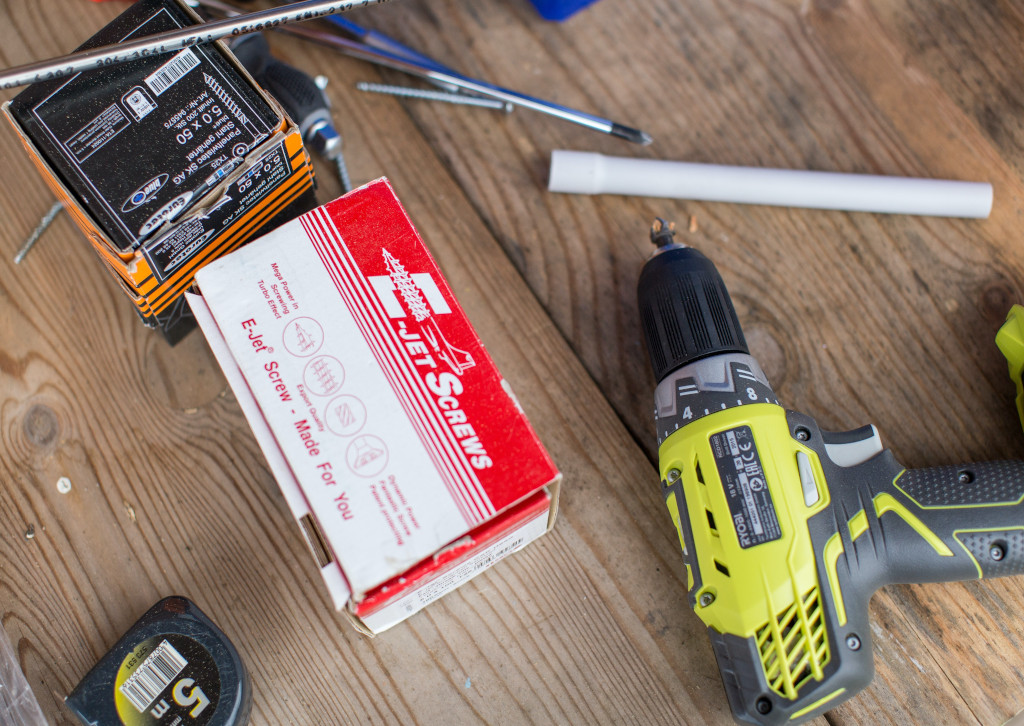
With an operating capacity of 16,100 pounds, Case’s newest compact track loader is now the largest in the industry, designed for size and power for residential construction and land clearing. The company unveiled its new CTL at The Utility Expo in Louisville, Kentucky.
Powered by a 114-horsepower engine, the TV620B provides 12,907 pounds of loader breakout force and 12,907 pounds of bucket breakout force. It has a rated operating capacity of 6,200 pounds.
Built on an extra-large frame, Case says, the TV620B isn’t just the big brother of the TV450; the machine was redesigned from the ground up.
“We talked to a lot of customers who were running larger CTLs and asked them what they’d like to see,” said George MacIntryre, product manager, Case. “We really focused on certain areas making sure that the frame was robust and could stand up to harsh conditions. A piston pump comes standard on this model giving customers the flow and pressure ratings they need to run big attachments. Lastly, we focused on the performance of the loader to be able to dump into high-sided trucks.”
More features now come standard on the TV620B, including:
Electro-hydraulic controlsHigh-flow hydraulicsAutomatic Ride Control and one-way self-levelingA programmable hydraulically reversing fanLED lightsThe new SiteConnect ModuleOne year of Case SiteWatch telematics
Electro-hydraulic controls allow the operator to set total machine responsiveness to low, moderate or aggressive, or independently set tilt, lift and drive speed, as well as loader arm and drive control to adjust to the demands of the job. This is set through the LCD multi-function display in the cab, which also comes standard, Case says.
“We are giving the operator more precise and intuitive control than they’ve ever had in a Case CTL and making the machine as simple to operate for as broad a range of applications as possible,” said MacIntyre.
High-flow auxiliary hydraulics and enhanced high-flow hydraulics are available options, delivering 3,450 psi and 4,100 psi, respectively, at 41.6 gallons per minute, making mulching heads, cold planers and grading blades ideal companions for this machine. An enhanced hydraulic cooling system maximizes uptime when using high-powered attachments. The TV620B also offers a selection of buckets, including a heavy-duty 84-inch, 1.25-cubic-yard bucket with SmartFit teeth.
One-way self-leveling and automatic ride control with adjustable speed settings reduce material spillage and deliver a smoother ride. Operators can adjust the foot pedal to serve one of three functions — accelerator (traditional acceleration), trans (reduces drive speed but retains rpm for loader arm functions), or decel (traditional deceleration).
The beefed-up undercarriage on the TV620B takes a nod from Case’s 650M dozer. “It’s much heavier-duty than the size class down from this,” said MacIntyre. “The idler ceiling on the TV620B is similar to the 650M dozer. The dozer components are a little bit larger than what we have on the CTL, but it’s really just a downsized version of what we have on the very reliable Case dozers.” Additionally, the 17.7-inch rubber tracks allow for minimal ground disturbance (6.1 psi) and enhanced performance on improved surfaces.
With a maximum dump height of 39 inches and 140.2-inch hinge pin height, the machine is well-suited for loading trucks. But MacIntyre says the loader arms will also look different from previous Case models. “We’ve gone to a straight-in-line loader arm linkage, giving great visibility down to the coupler and bucket area. It also allows the cab to be tipped forward with the loader arms in the down position to get even better access to all the components that are underneath the cab.”
Inside the cab, the TV620B features 360-degree visibility and an 8-inch split-screen display that simultaneously shows both the rearview camera and equipment information. A cab-wide rearview mirror gives visibility to the back of the machine. Large windows provide visibility to the front of the machine down to the attachments and optimal sight lines to the sides and rear of the machine.
Ground-level maintenance points allow for easy access to critical components. “The rear of the machine features an extra-large engine compartment so the components are easily accessible for daily checks,” said MacIntyre. “Our battery is located in a separate panel with the battery and master disconnect switch. It’s very easy to access – you don’t need to open up the rear hood for that.”
A combination of cooled exhaust gas recirculation (CEGR), diesel oxidation catalyst (DOC) and selective catalytic reduction (SCR) technologies enables the machine to meet emissions standards. The TV620B features no diesel particulate filter (DPF) and requires no regeneration, reducing downtime. An adjustable hydraulically reversing fan minimizes the buildup of debris in the engine compartment.
Production of the TV620B is underway, and customers can expect to see it at dealers in Q4 2021.
Quick Specs
Operating Weight: 16,100 pounds
Engine Horsepower: 114
Rated Operating Capacity (50 percent tipping load): 6,200 pounds
Rated Operating Capacity (35 percent tipping load): 4,340 pounds
Hinge Pin Height: 140.2 inches
Reach at Maximum Dump Height: 39 inches
Loader Breakout Force: 12,084 pounds
Bucket Breakout Force: 12,907 pounds
High-Flow Auxiliary Hydraulics: 41.6 gallons per minute at 3,450 psi; 83.7 hydraulic horsepower
Enhanced High-Flow Auxiliary Hydraulics: 41.6 gallons per minute at 4,100 psi; 99.5 hydraulic horsepower
Did you miss our previous article…
https://www.3555pacific.com/?p=120

